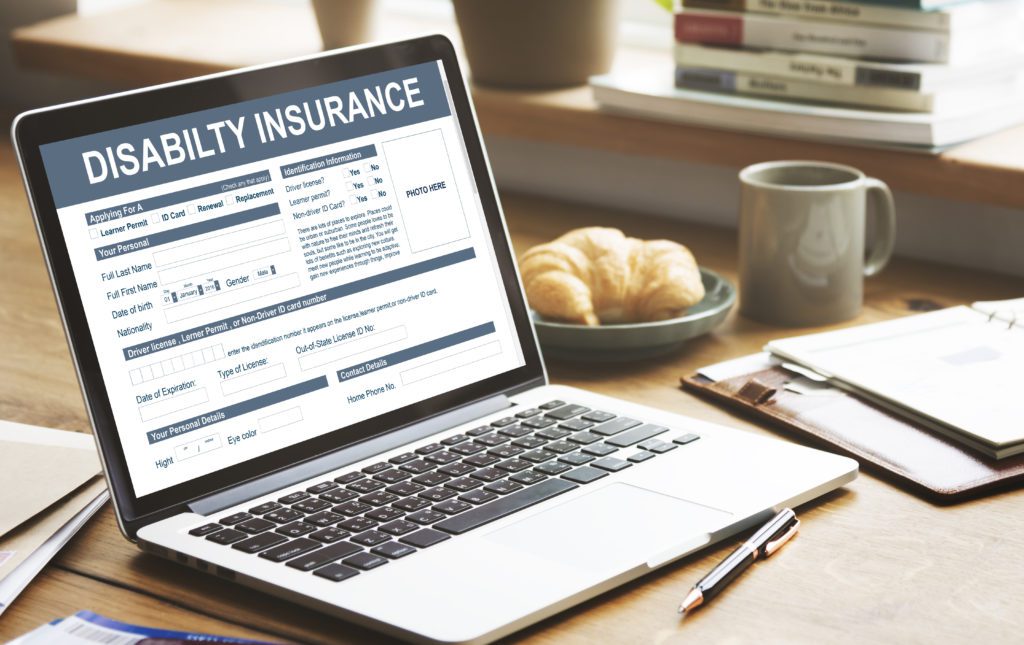
Over the past year, more and more people have been faced with the challenge of earning income during an illness or injury that has kept them out of work for an extended period of time, answering the age-old question of “do I really need disability insurance?”
May is Disability Insurance Awareness Month, and the answer is yes, you do need disability insurance. According to Council of Disability Awareness Director of Operations Fred Schott, 50 million Americans lack disability insurance, a shocking statistic especially when considering that one in four 20 year olds will face a disability over the course of their careers before retirement, according to the Council. Now is the perfect time to kickstart your understanding of disability insurance and ensure adequate income in the event of an illness or accident.
Why do so many Americans lack disability insurance?
One major factor holding people back from purchasing disability insurance is the tendency to underestimate the likelihood of disability. Jeremy Hus, Vice President of Financial Planning at Barnum, says that “Many people think of protecting their families with life insurance, but far fewer review disability income insurance or assume they’re covered at work. What they may not realize is that there is a much higher probability of becoming disabled during their working years than passing away.” According to Financial Solutions Group, Inc., during the course of a person’s career, he is three-and-a-half times more likely to become injured and need disability insurance than he is to die and need life insurance. What’s more, 90% of disabilities result from illnesses, not injuries. The Council for Disability Awareness says that “back injuries, cancer, heart disease and other illnesses cause the majority of long-term absences.”
Additionally, many people don’t completely understand disability insurance and why it’s so important. There are plenty of misconceptions, according to Jim McGovern, senior vice president of group employee benefits at OneAmerica, who in a 2017 article said, “People…don’t see a need for it. There is a misconception that disability insurance is for the older crowd, for people in high-risk occupations, or for people in poor health. That’s just not the case. Disability insurance is for everyone.”
In addition to misunderstanding the need for disability insurance, many people assume they’re already covered, either through workers’ compensation or Social Security Disability Insurance, both of which have their limitations. A person qualifies for workers’ compensation only if they become disabled while on the job and qualifying for Social Security Disability Insurance can be challenging, as only about 35% of applicants qualify (Financial Solutions Group, Inc.).
So, what now?
The first step to encouraging more Americans to purchase disability insurance is through education. Schott says that understanding the fundamentals, such as budgeting, money management and saving, “are all part of the equation of identifying risk and then protecting oneself and one’s family.” Basic financial education should include a general understanding of disability insurance and how it’s part of building a personal safety net, according to Schott.
Many employers offer disability insurance as part of their benefits package. If you’re employed, check out what your employer offers. If disability insurance is an option through work via a group plan, that’s a great option. You should also determine the percentage of income and the timeframe covered – ideally, you want to have disability insurance covering between 60% and 80% of after-tax income. If your employer doesn’t offer any disability insurance, consider purchasing disability insurance through a private company that sells individual policies or through an association or affinity group to which you belong.
While cost may be a top concern for many, the price you pay depends on a wide range of factors, including individual circumstances (i.e. health history, job) and the type of policy. The average cost of disability insurance ranges from 1% to 3% of your annual gross income, according to HowMuch.net. If you can’t afford to purchase both, it’s generally wise to purchase long-term disability coverage. Most disabilities last only a short time, and you may be able to financially survive a short-term disability, even without insurance. However, a long-term disability can seriously threaten your finances if you do not have insurance.
A financial professional can help you better understand different disability insurance policy options and find the one that’s right for you and your situation. With the appropriate coverage, you can insure your income should you fall victim to an illness or injury.




